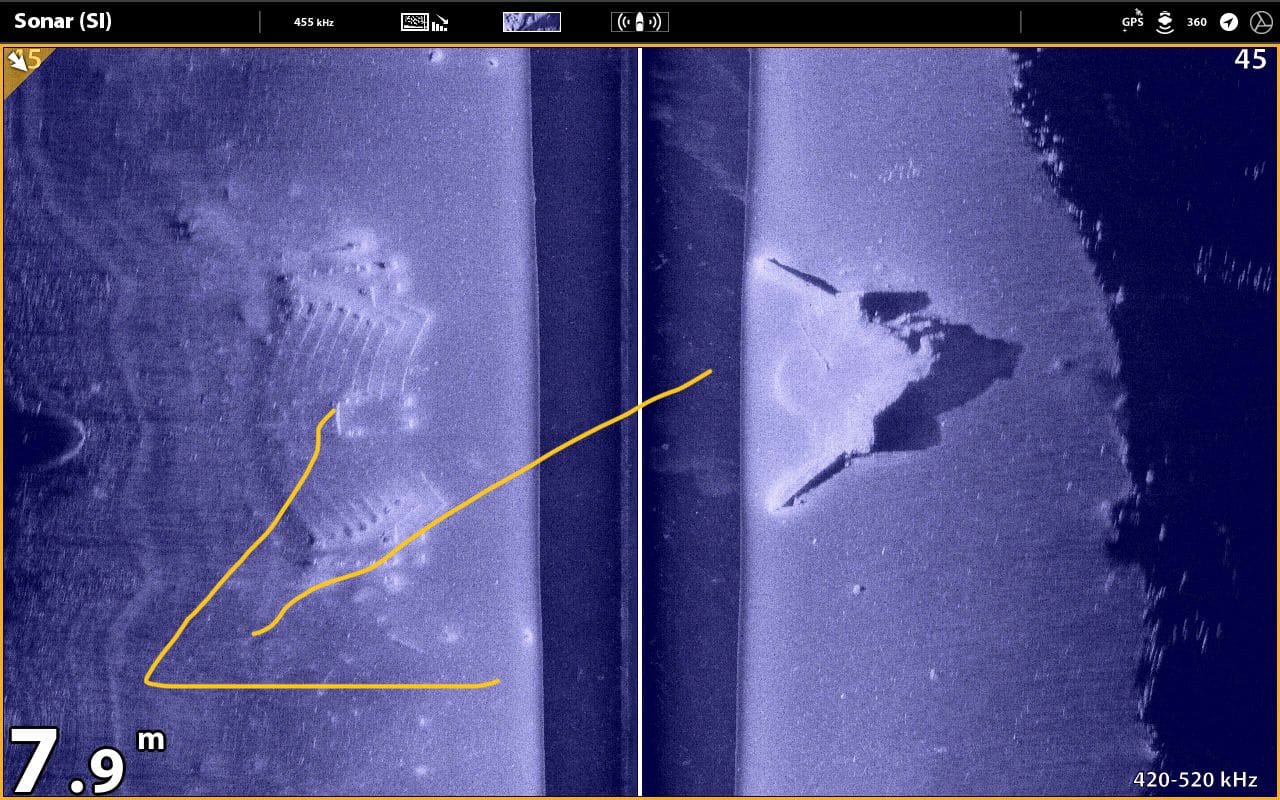The Vīgante stage flooded by Pļaviņu HEP is located in the Daugava, under water, at a depth of 8-15 meters, which depends on the water level at Pļaviņu HEP. Underwater diving club "Divings", diving instructor Walters Preimans and diving organized by the most active club divers in the Daugava to Staburaga rocks and the former Vigantes Park stage, takes place in the summer, when the water temperature in Daugava has reached the highest maximum of + 21 degrees C! The visible distance with an underwater light under water is approximately ~1.5 meters.
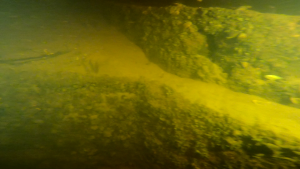
In the name of ecological electricity production, almost a century ago, one of Latvia's cultural places was sunk in the depths of the Daugava River, where up to 10,000 spectators could watch the performance of 1,200 singers.
Under the water at a depth of 8 meters, you can see the remains of the concrete wall structure, which remained from the former mighty "Liepavotu stage" of the Vīgante park.
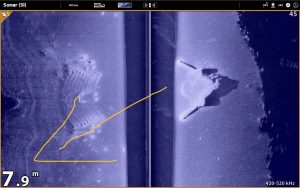
Under the water, you can see the amphitheater-shaped audience seats, which are left over from the former Vīgante or Liepavotu park stage, which was sunk by Pļaviņu HPP. Now the underwater seats of the Vīgantes stage are home to Latvian underwater fauna - hundreds of fish and crayfish! The earlier stairs to the stage, which was once an amphitheater stage for 10 thousand spectators and 1,200 participants, lead to the bottom of the river of fate, which is now only accessible with the help of diving training and scuba diving!
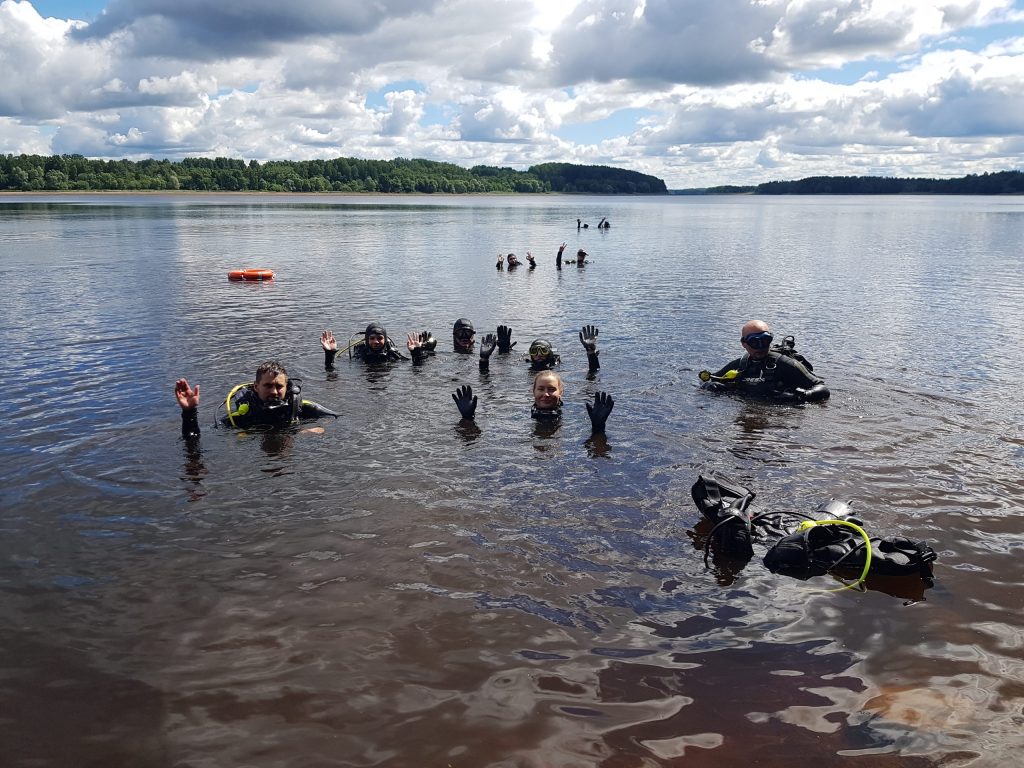
Table of Contents
Vigante park, Staburaga memorial place
Staburags experienced special popularity in the 1930s, when tourism flourished in the country. But the second influx of visitors was in the 1960s, when it became known that Staburags would be under water - a page of history is opened by tourism experts of Jaunjelgava region. In 1966, when the Pļaviņu HPP water reservoir was flooded, the freshwater limestone rock Staburags (Staburadze), which was 18.5 m high (the height of a five-story building), disappeared in Daugava. Now this place is marked by a red buoy, and only in photographs and paintings can you see the Daugava of the last century, when from Jaunjelgava to Jēkabpilij was the fastest and shallowest section of the river. Experts have even been able to cross the river, and it was a great challenge for rafters.
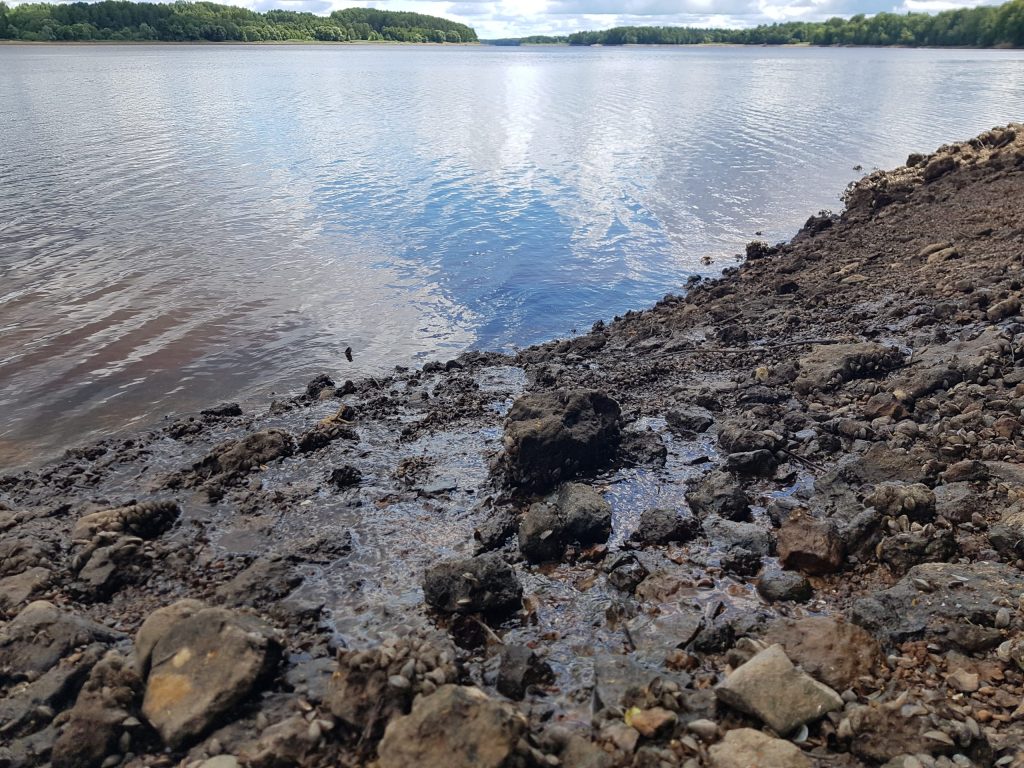
Staburaga parish. Liepavota stage in Vigante Park
The Liepavot stage and the sculpture "Daina" are located in Vīgante Park, formerly also in Liepavot Park - on the left bank of the Daugava, 200 meters north of Staburag, near the former Vīgante manor. It was created during the manor in the 19th and early 20th centuries. 64 species of trees have grown in the park. In the 20s of the 20th century, the park became the property of the Latvian state. Regular song festival events were held in the territory of the park, therefore in 1936 a new stage was built on the event square on the bank of the Daugava according to the project of J. Križus and seats were installed on the slope. At the 1936 song festival, Forest Department director Birnbaum announced in his speech that Vigante was renamed Liepavotie. In the autumn of 1939, Aleksandra Briedes' sculpture "Daina" was installed in Vīgante Park near the Liepavots stage. During the Second World War, the Germans cut down many trees in the park, but the park experienced even greater damage in 1965 and 1966. Trees were cut down in the part of the park affected by the flood zone due to the construction of the Pļaviņu hydroelectric power plant. The stage and the audience seats arranged in the form of an amphitheater were destroyed. The water level stopped at the sculpture "Daina" on the cliff. In 1977, the remaining park was taken under state protection. Its area is ten hectares. Nowadays, the restored and relocated sculpture "Daina" no longer faces the Daugava, but the opposite side.
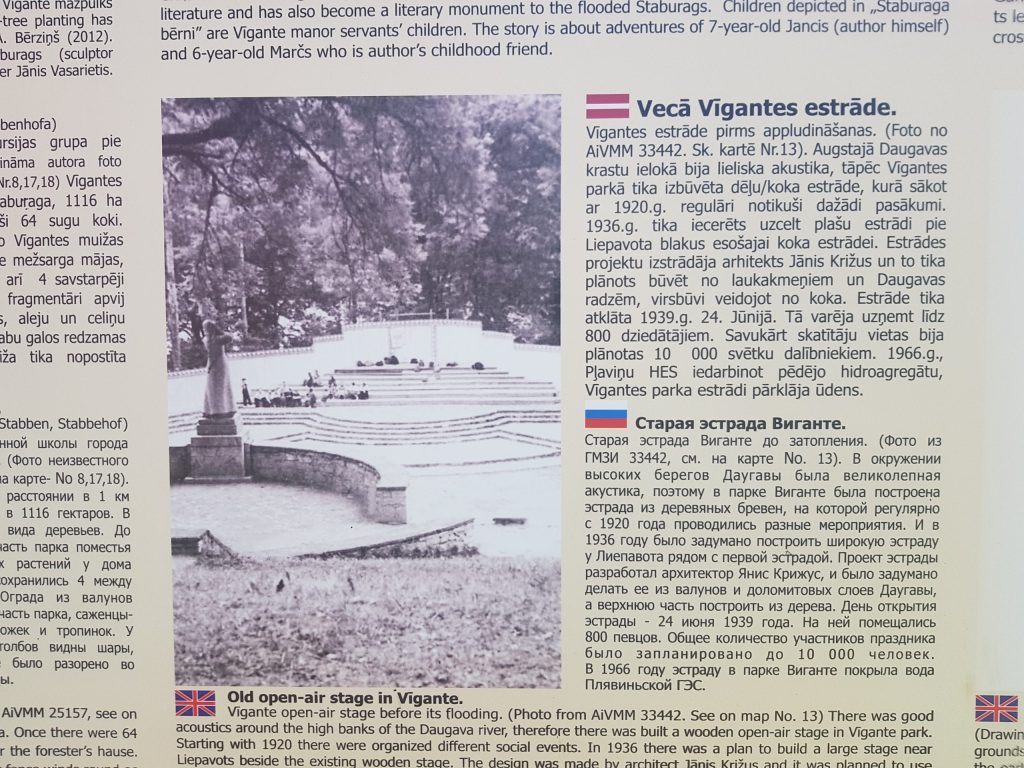
What did the newspapers write about Vigante (Liepavot) park 80 years ago?
The Forestry Department has decided to start cleaning the parks under its control. Every year, the department has decided to completely maintain and build one park. First of all, it is planned to complete the construction of the stage in Liepavotas Park near Stabu Raga by the summer of 1940. There is room for 1,200 singers on the stage, and 10,000 seats for the audience in the amphitheater. The construction of the stage costs 20,000 LVL.
The sunken rock of Staburaga is located next to Vigante Park
Almost half a century ago, one of the most beautiful places in Latvia was sunk into the depths of the Daugava - the weeping rock of Staburaga, shrouded in tales and legends. It is said that the ancient Seleucid soldiers washed their weapons in the spring before going into battle and after the battles healed their wounds and injuries with this water. The rock of Staburaga has also symbolized the spirit of Latvian songs, but now it is a symbol of our people's suffering and hidden hopes.
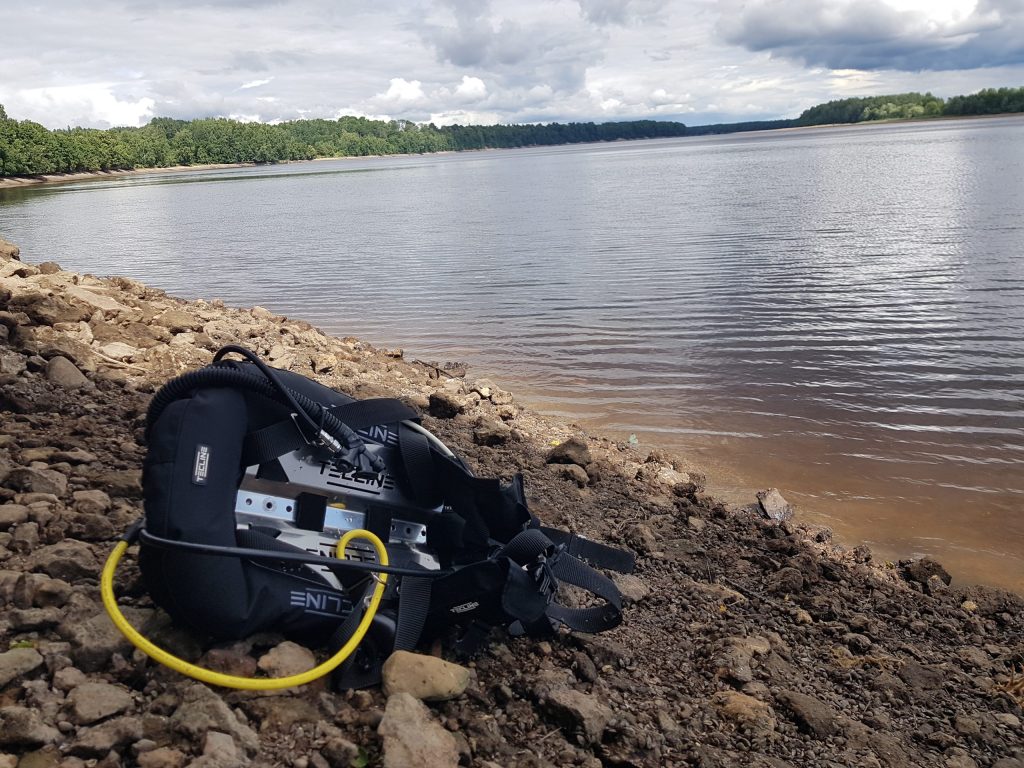
Nine meters below the water level is what remains of the 18.5 m high rock. Directly opposite the sunken rock is the house "Staburags", which belongs to Māra Svīre and Vladimir Kaijak. Every morning, from early spring to late autumn, a couple of writers scale these steps like real "seals" to swim in the Daugava, and Mr. Kaijak has also caught such catches here that even hardened fishermen can envy him.

Staburags, or Staburadze, was an approximately 18.5-meter-high limestone cliff on the left bank of the Daugava that was formed over the course of several millennia. Staburagu was flooded in 1966 and is currently located at the bottom of the Pļaviņu reservoir. The former grandeur of the Staburaga rock can be seen while diving in the Daugava. The old stage of Vīgante Park (Staburaga parish) now and before the construction of Pļaviņu HPP. Now only the stairs and the sign indicate the old stage. In the picture to the right - the old stage, the Daugava below immediately behind the stage.
Diving club "Daivings.lv" is the first organization in the Baltic States that offers people with various physical and mental disabilities the opportunity to learn diving, which not only opens up opportunities for sports activities, but also works as an effective means of rehabilitation.
Contacts of divers: Valters Preimanis, instructor of diving club "Divings".
Homepage: Divings.lv
Facebook: https://facebook.com/diving
IG: https://www.instagram.com/divingslv/
Phone/WhatsApp 220-77-202

